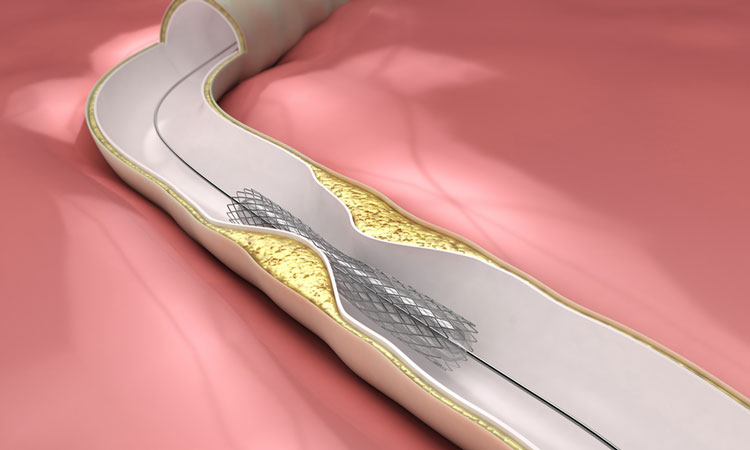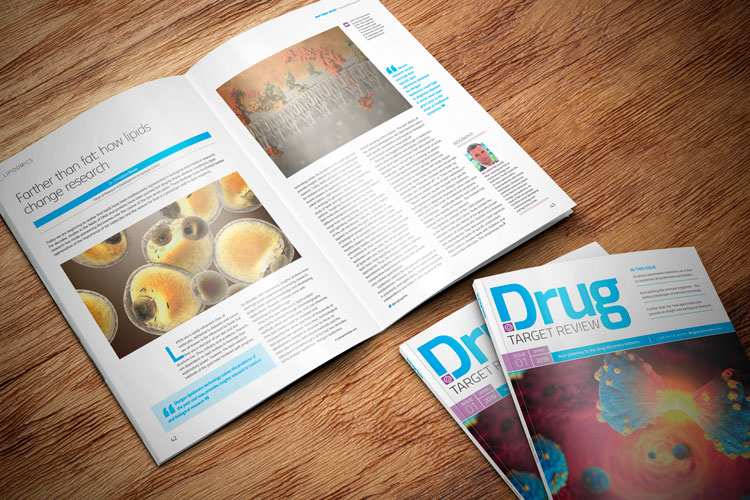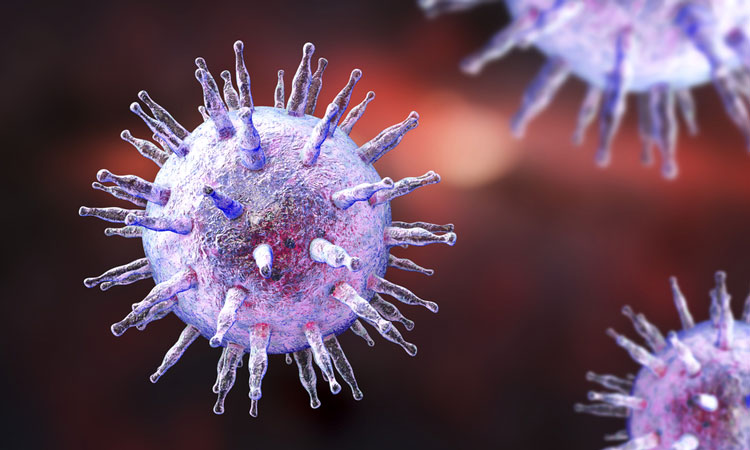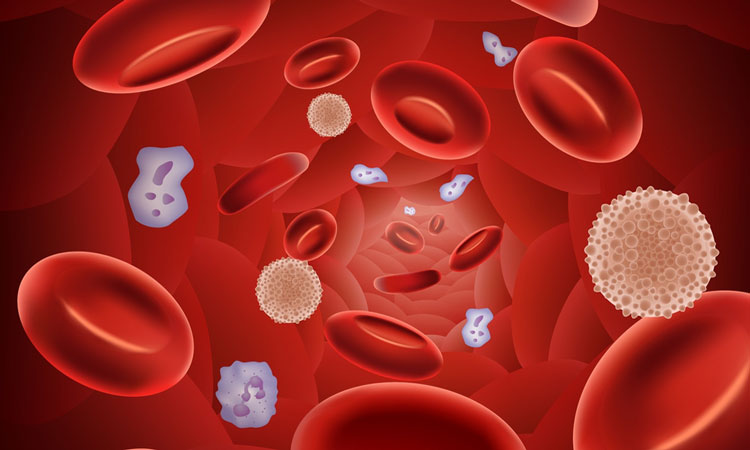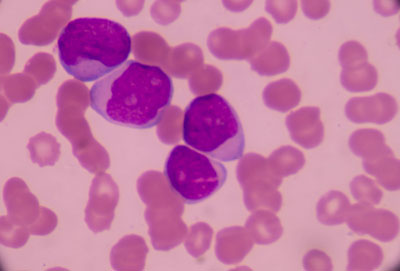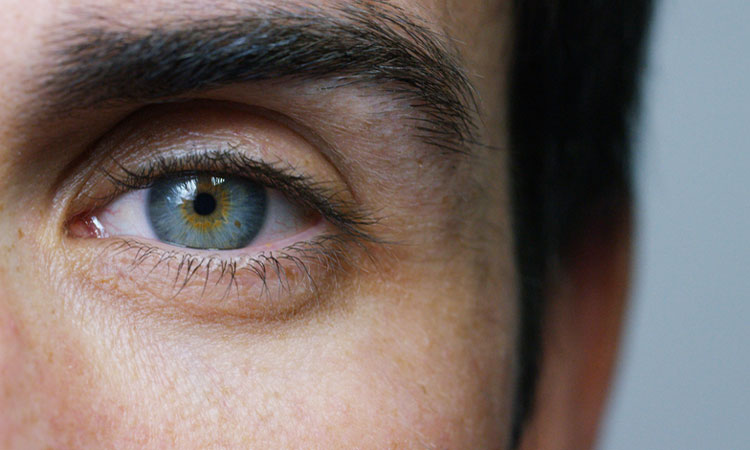Cell line development – global market drivers, trends and its impact on improving biologics development from early phase to IND during the drug discovery process
Cell line development is a major step for examining the efficiency of drug discovery, toxicity and in vitro testing. It reduces time, effort and cost, which minimises the chance of research drugs failing at the clinical trial stage. This stage involves the production of recombinant proteins such as monoclonal antibodies,…




